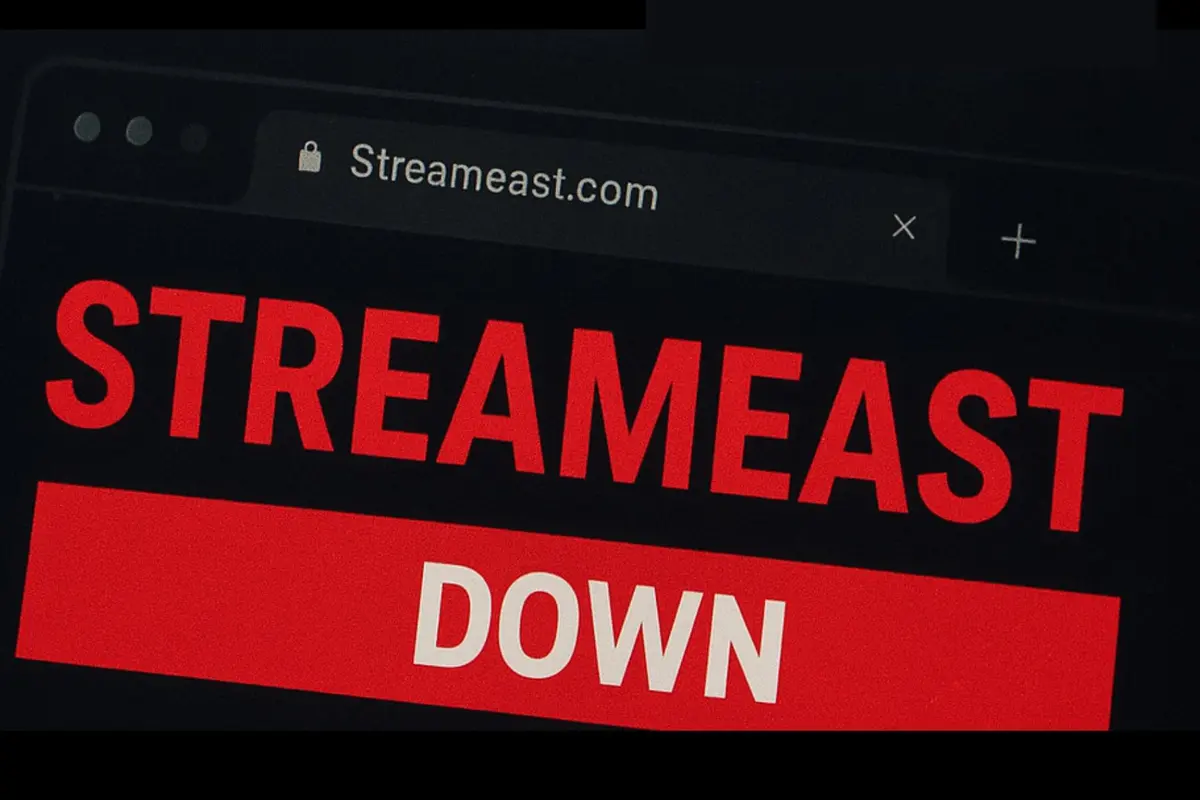StreamEast keeps popping up, going down, and reappearing with mirror domains—leaving sports fans scrambling on game day. Here’s the viral lowdown on why the site is constantly in the crosshairs, the real risks behind those “free” streams, and safe, legal ways to watch the big match without malware, pop-ups, or panic.
Sports fans know the drill: the minute a major kickoff is looming, social feeds start buzzing with “Try StreamEast” posts. The site (and look-alike mirrors using similar names) promises live games for free, no cable required. But just as often as it trends, it disappears—redirecting, timing out, or morphing into a new URL. What’s going on behind the curtain?
Read Also: Spider-Man Star Tom Holland Injured on Set – Fans Panic as Zendaya Races to the Hospital
First, the whack-a-mole effect. Sites offering unlicensed sports streams attract fast legal scrutiny. Domains get seized, hosts get pressured, ad networks bail, and the operators spin up clones to dodge takedowns. That’s why users see a carousel of nearly identical domains: the brand stays familiar while the address changes. It’s chaos by design—and a nightmare for anyone hoping for a stable Sunday stream.
Second, the hidden cost of “free.” Shady ad scripts, aggressive pop-ups, fake “Update Player” prompts, and crypto/“security” extensions can slip into your browser. Even if you’re careful, third-party ad networks on sketchy pages can serve malvertising that tries to auto-download files or nudge you into phishing traps. The flashiest bait? “HD with no lag”—often dangling behind permissions you should never grant.
Third, spoofing and scams. When a site name becomes a meme, impostors multiply. Search results and social posts fill with near-identical domains designed to harvest clicks, emails, or even card details under the guise of “verification.” Fans think they’re grabbing a free stream; scammers are grabbing the bag.
So what should a sane sports fan do when FOMO hits at kickoff?
- Use official streams when possible. League apps and regional broadcasters increasingly offer flexible passes—single-game buys, monthly plans, or mobile-only tiers that are way cheaper than legacy cable. Yes, it’s not “free,” but it’s predictable, HD, and won’t hijack your browser.
- If you see pop-ups demanding extensions or “codecs,” bounce. No legit player needs that.
- Harden your setup. Keep your browser updated, disable notifications from unknown sites, and avoid clicking “Allow” on autoplay or alerts. A reputable ad-blocker can cut a lot of junk—but it won’t legalize a stream.
- Beware social “link trees.” Many are booby-trapped with fake login portals or “age checks.” The moment you’re asked for a card “for verification,” you’re not watching a game—you’re funding one.
Read Also: Ousmane Dembélé Stuns the World: Wins the 2025 Ballon d’Or in a Night of Historic Football Glory!
The bigger picture: as leagues ink more digital deals, expect more geo-locks, blackouts, and fractured rights that frustrate viewers into searching for shortcuts. That fragmentation fuels demand for sites like StreamEast—and keeps the takedown merry-go-round spinning. But remember, volatility is a feature, not a bug: when a stream is here today and gone at halftime, it’s because the legal heat is very real.
Bottom line: StreamEast’s allure is obvious—free, fast, everywhere. But the revolving-door URLs, legal risk, and security landmines make it a terrible game plan if you value privacy (and actually want to watch the second half). Game day should bring heart-pounding plays, not heart-stopping browser alerts.
Pro tip: If your league does offer a legit mobile or month-to-month option, grab it before the season’s crunch weeks. Nothing beats the peace of mind of pressing play and actually… watching.

